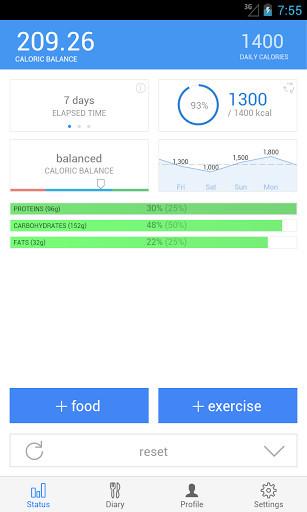
“Could someone eat 1,000 calories a day if they needed 1,500 to live?” said Doane. When athletes deprive themselves of calories, they put both their athletic performance and healthy organ function in jeopardy. Your basal metabolic rate is the number of calories your body needs to perform its daily life-sustaining functions. Instead, it is really a ‘fueling and sports nutrition’ type of equation, versus just a math equation.” It Begins With BMRīefore we get into calories burned, we have to start with BMR.

It kind of just lumps calories into one bucket. For example, we burn fat but we also use up glycogen or stored carbs. “If you’re just looking at it as ‘calories in, calories used,’ it doesn’t take into account the fact that every calorie we burn isn’t the same. “‘Fewer calories will always result in less body fat’ kind of negates or doesn’t account for all the body processes that are going on,” said Doane on a phone call. One fitness mantra dietitians, including Doane, continue to squash is “calories in, calories out.” I spoke with dietitian Jennifer Doane, MS, RD, who co-founded her private practice Advantage Nutrition & Wellness in Allentown, Pennsylvania, to learn how athletes could use the calorie tracker on their wearable, or if keeping track of calories burned is even a healthy daily ritual. My aversion to looking at calories burned is for my mental wellbeing. As the typical Type-A runner, I’ve experienced the unhealthy “come hell or high water” approach to following training plans, obsessing over weekly mileage, and counting calories. Play icon The triangle icon that indicates to playįor me, tracking caloric expenditure is a slippery slope.


 0 kommentar(er)
0 kommentar(er)
